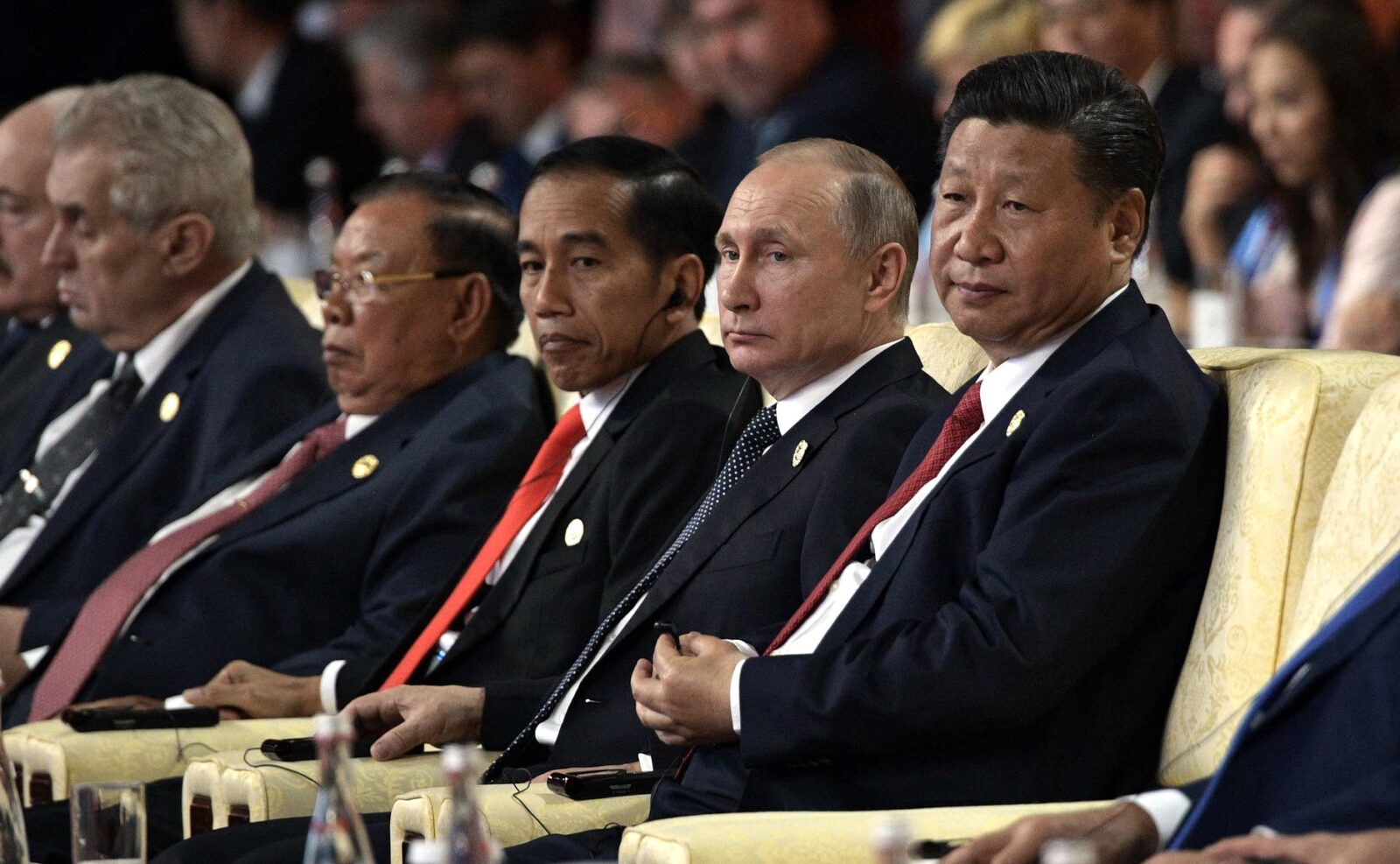Home » Global development with Chinese characteristics: 10 years of Belt and Road
Global development with Chinese characteristics: 10 years of Belt and Road
January 14, 2024

David Song-Pehamberger
David is a Senior Analyst focusing on East Asia. He primarily writes on economic, political, and social issues and how they relate to the geopolitical environment.
